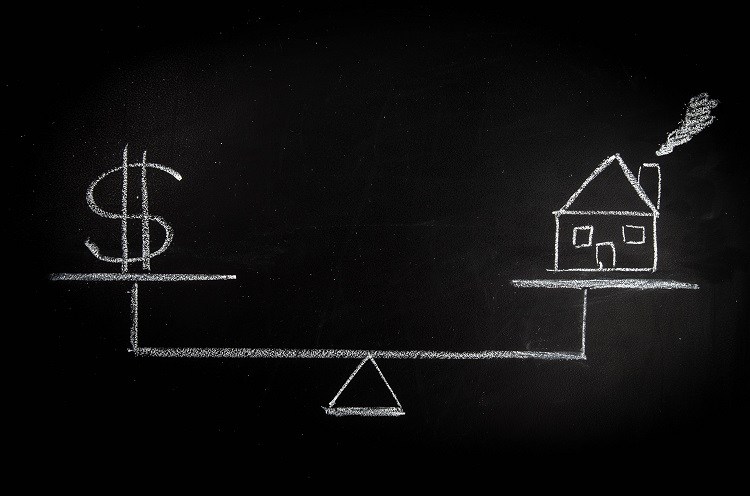
A clear grasp on the concept of negative gearing is essential to making sound wealth-building decisions when investing in property in Australia.
Negative gearing is one of three forms of ‘gearing’. Gearing means to borrow a sum of money to purchase an asset as an investment – in this case, a property.
A negatively geared investment property demands more in home loan interest and other expenses than it brings in in rental income.
A neutral geared investment, on the other hand, brings in income equal to overall expenses, and a positively geared investment brings in income greater than the sum of expenses.
While negative gearing might sound like the least desirable of the three types of gearing, it is the only one that offers tax benefits in Australia.
Not to mention, for the right investor, negatively geared properties can offer opportunities for profit making.
Advantages of negative gearing
Property investors in Australia have, for the most part, always seen the positives in holding negatively geared assets.
One of the key benefits associated with having a property negatively geared is the potential for capital growth. While losing liquid cash can be painful, the illiquid equity that can be simultaneously built could ultimately dwarf any cash losses.
For instance, a property investor might be paying $600 per week in interest and other costs in order to hold their asset, while realising just $500 a week in rental income. That marks a $5,200 loss each year. In that time, however, their property’s value might have increased by $10,000, leaving a figurative investor in the green over the long term.
The other major advantage of negative gearing is the ability to offset a loss against other income an investor earns, most commonly their salary.
In such a case, an investor’s taxable income is reduced because of their negatively-geared property, which could soften the loss born by expenses related to the property. This method of offsetting losses from an investment against taxable income, thereby realising a tax deduction, is commonly referred to simply as ‘negative gearing’.
Let’s return to the above example to assess how a negatively geared investment property could save an Australian from paying income tax. Say, our figurative investor earns a pre-tax salary of $150,000 annually. In financial year 2023-24, they would be eligible to pay $40,567 of income tax, according to Your Mortgage’s Income Tax Calculator.
By offsetting their taxable income by the $5,200 loss they incurred on their investment property, they could bring their taxable earnings down to $144,800 and the tax they would be liable to pay would drop to $38,643. Thus, negative gearing ended up saving them $1,924 of income tax, reducing the overall loss on their investment for that fiscal year to $3,276.
Of course, an investor can only negatively gear a property that is earning an income and making a loss. A holiday house, for instance, can’t be negatively geared for tax purposes unless it is genuinely available for rent in a given fiscal year.
You can use this negative gearing calculator to get a sense of how your net income from your investment will look under various circumstances.
What investment property expenses can be considered tax deductions?
As mentioned, a negative geared investment property can (and arguably should) provide tax benefits for the owner. When it comes to what expenses can be deducted, there are three main types.
The first type consists of revenue deductions, which include the interest portion of home loan repayments, maintenance expenses, and recurring costs in the form of property management fees, advertising fees, maintenance costs, and insurance. The common feature shared by all these costs is that they are ongoing and charged to a property investor during a particular year.
The second type of deductions are called borrowing expenses. They can include loan establishment fees, lender's mortgage insurance (LMI), mortgage broker fees, valuation fees, and stamp duty on the mortgage. If all those costs amount to under $100, they can be claimed in the year they occur. However, if they come to more than $100, they can be spread out over five years or the term of the loan, whichever is shorter.
Acquisition and disposal costs – including the purchase cost, conveyancing, advertising costs, and stamp duty on the title transfer – are not able to be claimed. Though, they are included in a property's cost base, which can trim any capital gains tax when an investor decides to dispose of it.
The third type of deductible expenses are claims for capital works or capital items that are subject to depreciation. For this type of deduction, the property investor must claim this cost over a longer period of time – generally several years.
Investors might be able to claim a deduction for the cost of building a property or undergoing structural improvements, changes, or extensions. These are normally deducted at a rate of 2.5% over 40 years or 4% over 25 years. However, there are strict conditions as to whether and when capital works can be deducted as such.
If a cost can’t be claimed as capital works, it might be able to be claimed as a depreciating asset. Depreciating assets are those that exist as part of a rental property, but aren’t part of the structure of the property. Such items might include carpets, furniture, or appliances. If a depreciating asset costs $300 or less, it might be able to be deducted immediately. If its worth more, it can be deducted over its assessed effective life.
It’s worth noting that the deductions a property investor makes could impact the capital gains tax they are liable to pay when they sell their property.
The Australian Taxation Office has helpfully laid out a guide on the expenses that you can and cannot claim as a property investor.
What are the potential risks of negative gearing?
Negative gearing is not without its risks and potential repercussions.
For property investors who do not have substantial funds in their war chest, owning a negative geared property might not be the best investment option. Remember, those engaging in negative gearing are still recording a loss.
It is also best to think ahead about the worst case scenarios. A negatively geared investor needs to be able to bear any cash loss associated with their property. If they were to lose their income source or face notable other costs, they might be forced to sell their asset unexpectedly.
Further, if a negatively geared property were to need major repairs, or sit empty while a new tenant is found, once-manageable costs could quickly mount.
Another potential risk is the prospect of a market downturn. If an investor is recording a notable cash loss with the expectation they will sell their investment for a profit, a downturn in house prices could doom their strategy.
Relatedly, there is also the danger of a sudden interest rate changes, which may increase the weight of costs faced by an investor.
Can the risks associated with negative gearing be avoided?
There are many things an investor can do to minimise the risks associated with negative gearing.
Like with any investment decision, one must make sure to choose their property wisely. See to it that a property taken on as an investment is desirable and situated in an area where people want to live, as those factors will help ensure higher demand for occupancy than a less-appealing property in an worse location.
It is also important that an investor partaking in negative gearing has a significant financial buffer. That buffer could help fund unforeseen expenses should their property need repairs or if it were to sit vacant for a significant stretch of time.
Those looking to negatively gear a property should also take their income sources into account, as their income will impact their ability to manage the costs owning a loss-making property entails.
Finally, its important to take out proper insurance, as it can offer vital protection for property investors. The costs involved with property investing can snowball, particularly in the event of damage from, say, severe weather or a less-than-ideal tenant. Proper insurance has the power turn what could be a financial disaster into an annoying inconvenience.
What about positive and neutral gearing?
As previously mentioned, a property is positively geared when the rental income brought by leasing a property outweighs the cost of owning and managing it. When a property is positively geared, the rental income it brings in is tax deductible. Such a property can offer greater security for risk-adverse investors, or those not best suited to owning a negatively geared property.
Meanwhile, truly neutral gearing is a seldom occurring event. Though, many investors would consider a property to be neutral geared if a profit or loss brought by it was insignificant.
Wondering whether negative gearing is right for your investment strategy? Check out our resource: Which type for gearing is best for you
Buying an investment property or looking to refinance? The table below features home loans with some of the lowest interest rates on the market for investors.
| Lender | Home Loan | Interest Rate | Comparison Rate* | Monthly Repayment | Repayment type | Rate Type | Offset | Redraw | Ongoing Fees | Upfront Fees | Max LVR | Lump Sum Repayment | Additional Repayments | Split Loan Option | Tags | Row Tags | Features | Link | Compare | Promoted Product | Disclosure |
|---|---|---|---|---|---|---|---|---|---|---|---|---|---|---|---|---|---|---|---|---|---|
6.09% p.a. | 6.13% p.a. | $3,027 | Principal & Interest | Variable | $0 | $530 | 90% |
| Promoted | Disclosure | |||||||||||
6.04% p.a. | 5.95% p.a. | $3,011 | Principal & Interest | Variable | $0 | $0 | 80% |
| Disclosure | ||||||||||||
6.14% p.a. | 6.17% p.a. | $3,043 | Principal & Interest | Variable | $0 | $845 | 60% | ||||||||||||||
6.08% p.a. | 6.09% p.a. | $3,024 | Principal & Interest | Variable | $0 | $0 | 60% | ||||||||||||||
6.19% p.a. | 6.25% p.a. | $3,059 | Principal & Interest | Variable | $0 | $835 | 80% | ||||||||||||||
6.04% p.a. | 6.05% p.a. | $3,011 | Principal & Interest | Variable | $0 | $0 | 80% | ||||||||||||||
6.18% p.a. | 6.53% p.a. | $3,056 | Principal & Interest | Variable | $375 | $0 | 60% | ||||||||||||||
6.20% p.a. | 6.45% p.a. | $3,062 | Principal & Interest | Variable | $248 | $350 | 80% | ||||||||||||||
6.24% p.a. | 6.36% p.a. | $3,075 | Principal & Interest | Variable | $10 | $150 | 80% | ||||||||||||||
6.29% p.a. | 6.29% p.a. | $3,092 | Principal & Interest | Variable | $0 | $0 | 60% | ||||||||||||||
6.39% p.a. | 6.42% p.a. | $3,124 | Principal & Interest | Variable | $0 | $845 | 80% | ||||||||||||||
6.19% p.a. | 6.19% p.a. | $3,059 | Principal & Interest | Variable | $0 | $160 | 70% | ||||||||||||||
6.39% p.a. | 6.41% p.a. | $3,124 | Principal & Interest | Variable | $0 | $210 | 90% | ||||||||||||||
7.04% p.a. | 7.05% p.a. | $3,340 | Principal & Interest | Variable | $null | $400 | 90% | ||||||||||||||
7.24% p.a. | 7.21% p.a. | $3,017 | Interest-only | Variable | $8 | $350 | 90% | ||||||||||||||
7.39% p.a. | 7.25% p.a. | $3,079 | Interest-only | Variable | $0 | $0 | 90% | ||||||||||||||
5.94% p.a. | 6.28% p.a. | $2,978 | Principal & Interest | Variable | $0 | $530 | 90% |
| Disclosure | ||||||||||||
6.44% p.a. | 6.46% p.a. | $3,141 | Principal & Interest | Variable | $0 | $0 | 80% |
Collections: Negative Gearing Property Investment







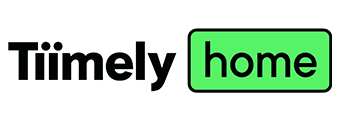








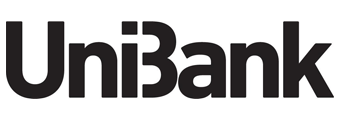


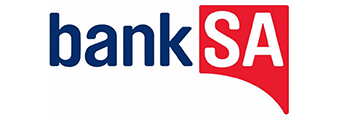

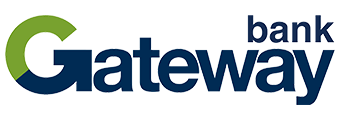

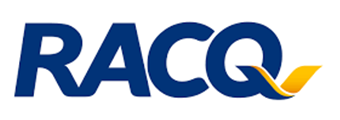



Share